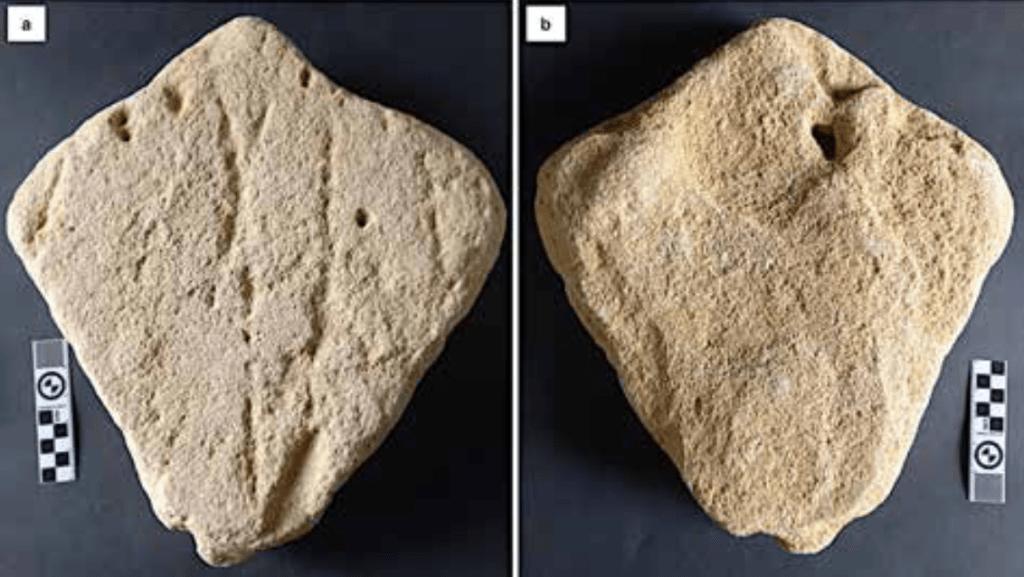Researchers have identified what they believe is an ancient sand sculpture of a stingray, challenging the established timeline of human artistic expression, according to a new study published in the Rock Art Research journal.
A team of experts from Nelson Mandela University and the South African Institute for Aquatic Biodiversity used optically stimulated luminescence dating on the purported artwork, which was previously mistaken for a symmetrical rock formation along South Africa’s coast near Still Bay in 2018. Findings suggest an ammoglyph, or tracing made in sand that subsequently hardened into stone, a theory supported by the rock’s symmetrical features and surface grooves.
Per the new theory, some 130,000 years ago, a human traced a stingray found on the shore. The cultural significance of the animal is still to be determined: Stingrays could have been a valuable source of food, or a symbol that aided in early storytelling.
Further analysis is required but based on this discovery, the impulse of human creativity and expression began much earlier than previously anticipated.
The team believes the stone was created in the Middle Stone Age, which predates previous examples of figurative art by approximately 85,000 years. Prior to this discovery, a cave painting of a pig in Indonesia was the oldest recognized representational art, dating back 45,000 years. With this study, the team suggests a connection between abstraction and realism made in these early depictions.


